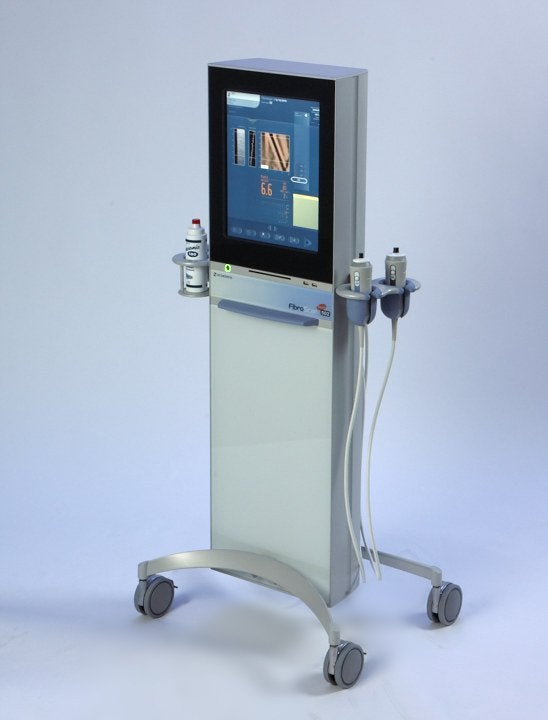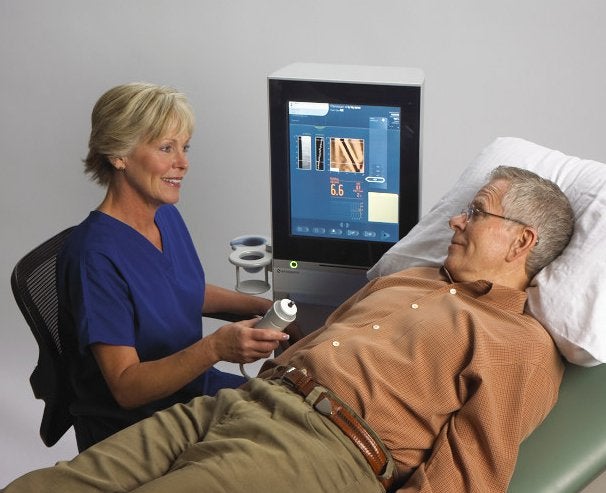-
One condition may be causing most of our medical problems including obesity and doctors may not know how to treat it
With all the medical problems we see today including diabetes, heart disease, obesity, and some cancers; one very common condition may be fueling most of these diseases. This disease is called Non-Alcoholic Fatty Liver Disease or more simply ‘FATTY LIVER’. It is seen in people who don’t drink alcohol, but their livers resemble that of a person who is an alcoholic. This condition is more common than you might think; in fact 25% of people in the United States are affected by it and probably, even more, are undiagnosed. So there’s a good chance you might have it. The worst part is many doctors do not know how to treat this disease, let alone check for it routinely.
Have you heard the saying “All roads lead to Rome”? It is an old idiomatic expression which explains that many different routes would lead to the same goal. It is based on the fact that the Roman Empire’s road system is designed in such a way that all of its roads radiate from one source which is the capital. Fatty liver disease is exactly like Rome. Most if not all disease processes emanate from fatty liver.
So if you have diabetes, heart disease, obesity, or other diseases, you also have a fatty liver. And the only way to cure all these conditions is to reverse your fatty liver.
Let’s take a crack at it today and learn everything about fatty liver disease and how to reverse it. Watch the video.
-
Two of the Common Things You Complain Every Day May Be a Sign of an Already Advanced Disease
As simple and as common as forgetting where you placed your keys and feeling tired most of the time could be the only indications that a silent disease is on its advanced stage.
I have been in practice for eighteen years in the field of Cardiology and as I look at all the medical conditions like heart disease, diabetes, and obesity in a different perspective, I now realize that they all stem from a condition called Fatty Liver Disease. One day I was talking to my friend who is a gastroenterologist and I asked him a simple question; if I have a fatty liver, what signs and symptoms would I have? He said, ‘None.’ So I asked him again, if I continue to develop fatty liver to the point where all of my liver cells are full of fat, what would happen then? He told me, ‘You will develop inflammations in your liver which will lead to fibrosis or ‘scarring’ of the liver. But then you will still have no symptoms. Even if ninety percent of your liver is scarred, you will still have no symptoms. The only time you may have symptoms is when ninety-five percent of the liver is already scarred. But most people, even at this stage, will only have two symptoms; one is mild memory loss and the other is mild fatigue.’
Now, who among you have never experienced forgetting where you placed your keys and feeling tired all the time? The scariest thing is that when you are at this point, you are just one step closer to liver cirrhosis and liver failure. More than ninety percent of your liver could be scarred and you may never know it until it is too late.
Watch the video below and learn everything you can about fatty liver disease and how it can be diagnosed. Find out which test will tell you how much ‘fat’ or ‘scar’ is in your liver and work on reversing Fatty Liver Disease.
-
Introducing FibroScan, A New Diagnostic Tool to Accurately Detect Fatty Liver Disease and Eliminate the Need for a Painful Liver Biopsy
Non-Alcoholic Fatty Liver Disease (NAFLD) is the leading cause of chronic liver disease and is now projected to become the leading cause of liver transplants within the next decade. Fatty liver disease develops silently and signs and symptoms become obvious only when it becomes irreversible. Most people who die of the disease don’t realize they have it until the very late stage. Therefore screening people with risk factors of liver disease is critical in catching the disease early.
Reddy Cardiac Wellness and Diabetes Reversal Center of Sugar Land, Texas is announcing the availability of FibroScan, a newly approved technology to accurately and painlessly diagnose liver disease. FibroScan is an ultrasound-based vibration-controlled transient elastography (VCTE) device used to asses liver elasticity for the detection of significant fibrosis and for the diagnosis of cirrhosis in hepatitis C virus, hepatitis B virus, biliary liver disease, alcoholic liver disease, and non-alcoholic fatty liver disease.
A FibroScan test eliminates the need for a liver biopsy, where a 6-inch needle is inserted into the liver to extract a sample for testing under a microscope. In addition to being painful, biopsies are expensive, running as high as $7,000. FibroScan tests are dramatically less expensive.
FibroScan was first introduced in Europe in 2003 and received clearance by the US Food and Drug Administration (FDA) in April 2013. Now, FibroScan has a newly developed controlled attenuation parameter (CAP) that detects and quantifies steatosis, the fatty accumulations in the liver cells. It can precisely tell you how much fat is in your liver.
As of now, the Reddy Cardiac Wellness and Diabetes Reversal Center is the only center in the state of Texas that has the CAP capability in their FibroScan machine. The population of the greater Houston area can surely take advantage of this technology to have their livers checked for the silent fatty liver disease.
The American Liver Foundation estimates that 1 in 10 Americans has liver disease. Liver disease is the fourth leading cause of death among adults 45-54. More than 6 million children in the U.S. have non-alcoholic fatty liver disease and the wrongful diet most Americans eat could be to blame.
People with fatty liver can develop a more serious form of fatty liver called steatohepatitis in which the fat causes inflammation that leads to fibrosis or ‘scarring’ of the liver. Once the liver is replaced with scar tissues, it will develop cirrhosis and liver failure. This is the only time you will have signs and symptoms. By then it could be too late. The only way to prolong life at this point is to have a liver transplant. But the most important questions to ask are: who are you going to ask for a liver and how sure are you that the donor’s liver you are getting is healthy?
RECENT POSTS
-
One condition may be causing most of our medical problems including obesity and doctors may not know how to treat it
-
Two of the Common Things You Complain Every Day May Be a Sign of an Already Advanced Disease
-
Introducing FibroScan, A New Diagnostic Tool to Accurately Detect Fatty Liver Disease and Eliminate the Need for a Painful Liver Biopsy


